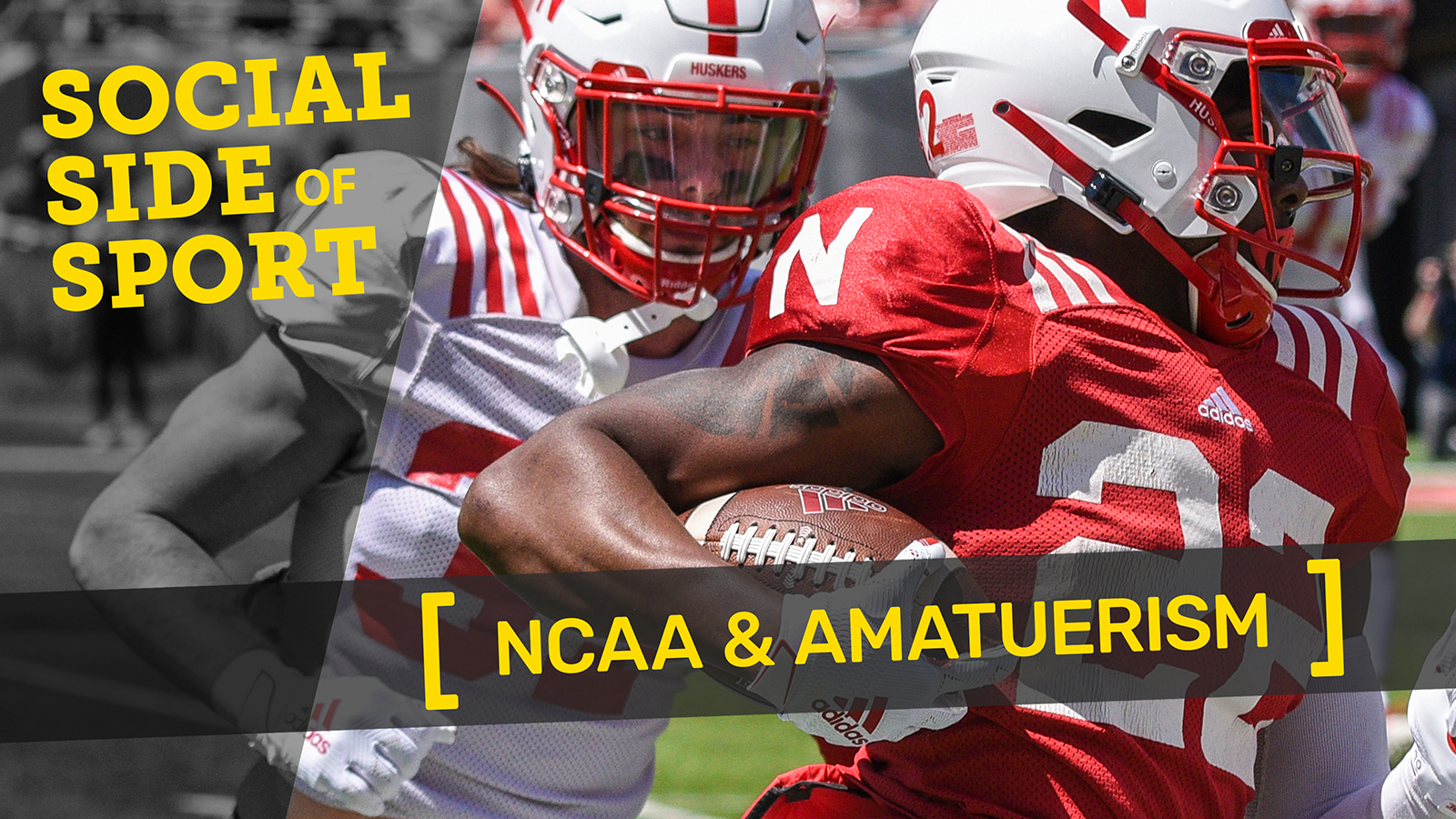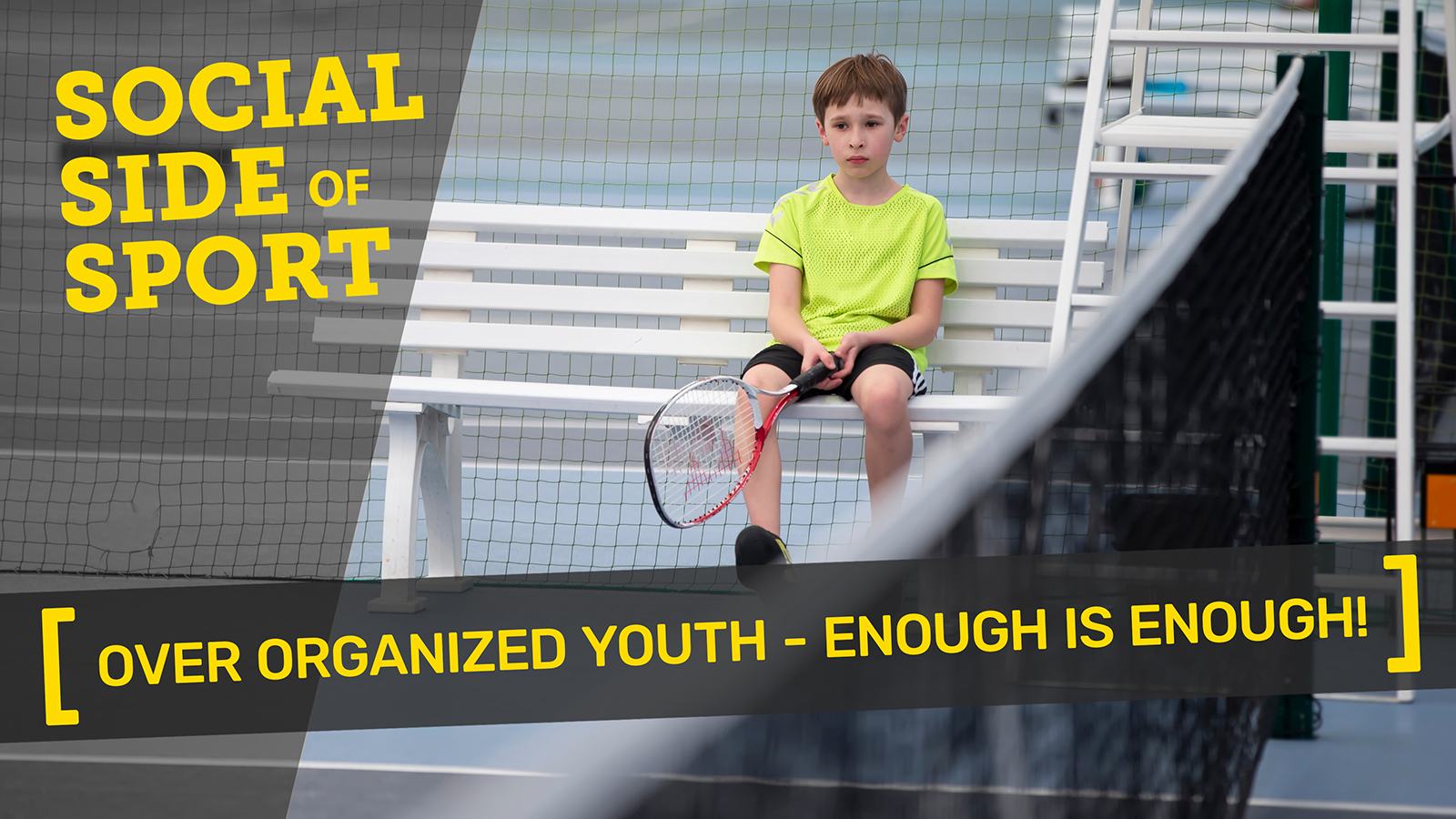The term Self-Organization refers to the process by which individuals organize their communal behavior to create global order by interactions amongst themselves rather than through external intervention or instruction. As a highly complex and dynamic system involving many different elements interacting with each other, the nervous system displays many features of self-organization. This chapter discusses three forms of neural Self-Organization namely Self-Organization in development, Self-Organization as a complement to experiential changes, and Self-Organization as a complement to damage. Self-Organization in development is concerned the development of the nervous system. Since a key challenge in our understanding of the nervous system is to comprehend how such a highly structured yet complex system can emerge from a single fertilized egg. Self-Organization as a complement to experiential changes refers to later stages in development, when Self-Organization plays a role along with other mechanisms such as those involving external signals arising from the sensory environment. Self-organization as a complement to damage is attributed to the adult nervous system that can respond to surgical or accidental damage. The facility for damaged brain to regenerate is either minimal or non-existent, which implies that the brain can self-organize, allowing healthy regions to take over functions previously carried out by other regions.















